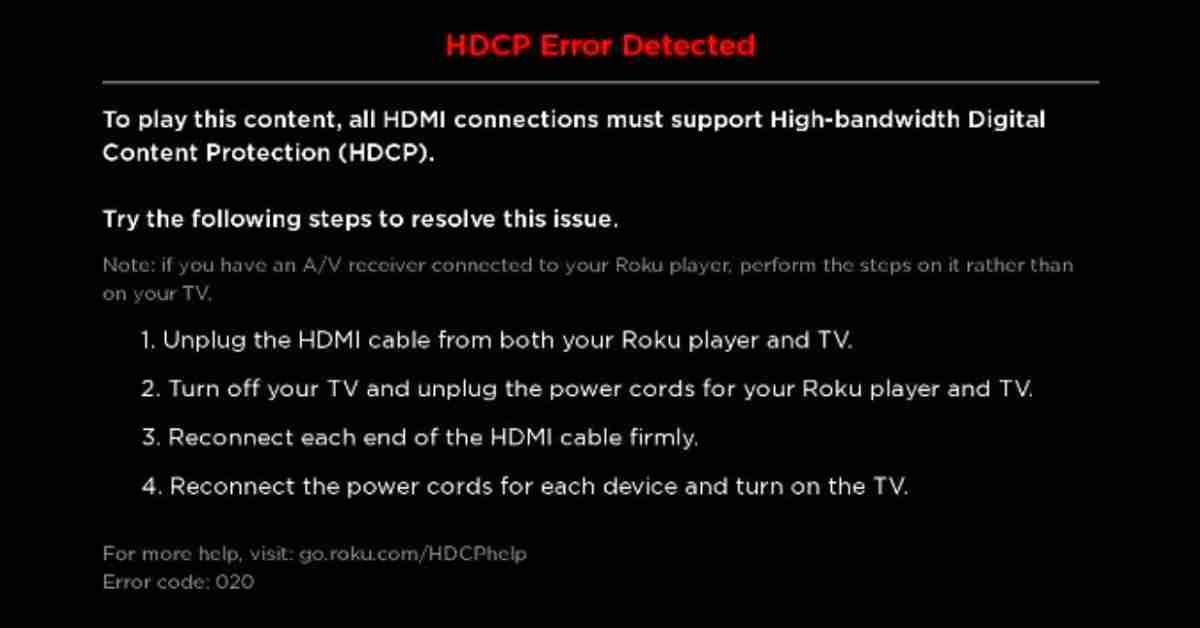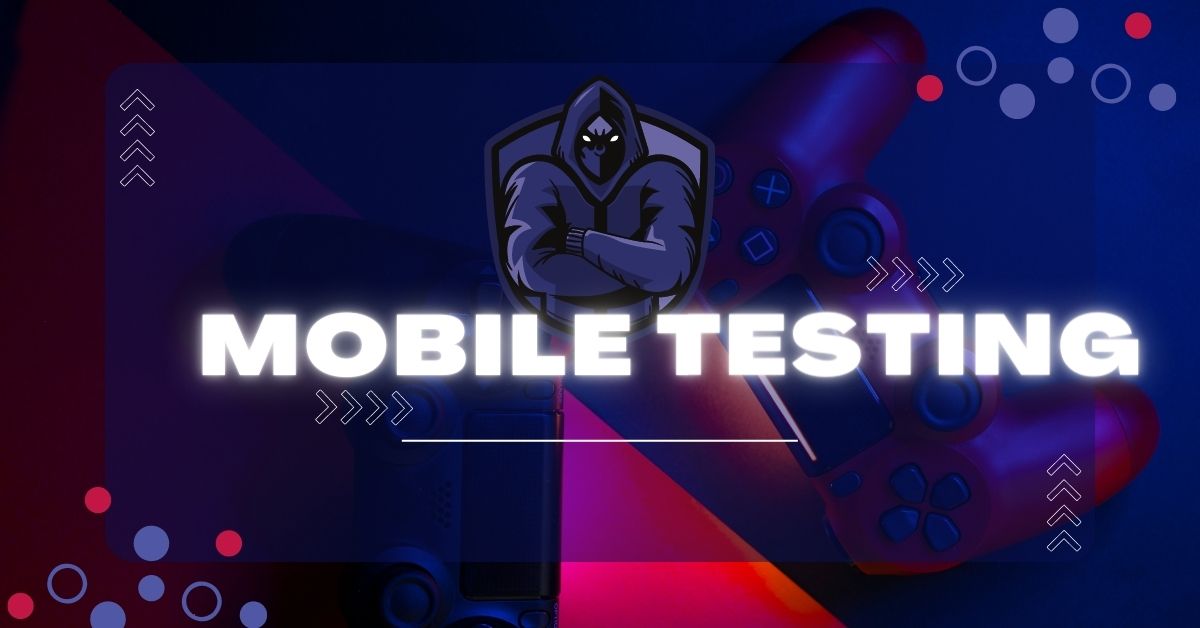Mobile apps have become a fundamental aspect of our daily lives, offering a variety of functions ranging from interaction to entertainment and productivity. With the increased demand for mobile applications, ensuring their quality and performance is extremely crucial. Mobile testing is essential for detecting problems, enhancing user experience, and assuring the success of mobile apps. Read ahead to know in-depth about some useful strategies and approaches to carrying out successful mobile testing.
Define Specific Goals
Before you begin mobile testing, you must first determine what you want to accomplish. Playwright automation might just be a way to do that. Establish your testing objectives and targets clearly. Determine your mobile app’s core functionality, benchmarks for performance, and user expectations. Setting specific goals can help you invest your time in testing efforts and prioritize your target areas.
Leverage Test Automation
Use test automation to boost productivity and efficacy in your mobile testing operations. Automation enables you to run tests more quickly, regularly, and reliably, eliminating human error and saving time. Invest in dependable test automation frameworks and technologies created particularly for mobile app testing. To provide thorough coverage and faster response, automate repeated test cases, regression testing, and performance testing.
Select an Effective Testing Tool
An excellent testing tool is imperative for effective mobile testing. Look for a tool that works with a variety of operating systems, platforms, and devices. Real-time device testing, troubleshooting abilities, cloud-based testing, and connectors with major development and testing frameworks should all be included in the application. A dependable testing tool streamlines the testing process, increases test coverage, and delivers correct findings.
Prioritize Testing Scenarios
Your app needs to be tested under various conditions and scenarios, and sometimes critical scenarios are essential too. Identify the scenarios that have a high probability of occurrence and also have a significant impact on user experience.
Test Your Mobile App on a Range of Devices
To guarantee compatibility and optimal functionality, test your mobile app on a range of devices. Examine different sizes of screens, resolutions, and hardware combinations. Testing on actual devices, emulators, and simulators aids in the identification of device-specific bugs and assures a consistent user experience across a variety of devices. Based on market share and user demographics, prioritize testing on the most popular devices.
Simulate External Interruptions
Mobile applications are often interrupted by external factors such as incoming calls, texts, or battery fluctuations. Examine how the software handles such pauses and recovers effortlessly without data loss or instability. Simulate situations such as receiving calls while using an app, moving between applications, and dealing with low battery circumstances. A robust application should be able to tolerate these pauses without impacting functionality. You will find all these with an effective mobile and accessibility testing process.
Mobile App Gestures
For user engagement, mobile applications depend significantly on gestures. Swiping, touching, pinching, and scrolling should all work easily and naturally in your app. To verify consistency and responsiveness, test gesture-based interactions on various devices. Consider edge circumstances and unusual motions to identify problems and provide a smooth user experience.
Monitor Power Consumption
Mobile applications that drain an excessive amount of battery power are more likely to be uninstalled. Assess your app’s power consumption and adjust it for battery efficiency. Examine the battery’s resource-intensive functions, background operations, and network utilization. To increase the app’s battery efficiency, optimize the code, reduce unnecessary network calls, and use power-saving measures.
Consider the End-User’s Point of View
When evaluating a mobile app, place yourself in the shoes of the users. From a consumer’s point of view, evaluate the app’s usability, user interface, and overall experience. Perform exploratory testing on typical user scenarios to find any pain spots, inconsistencies, or usability flaws. You may identify significant problems and make essential modifications to increase customer happiness by thinking like a consumer.
Bottom Line
A systematic strategy and consideration of numerous elements are significant for successful mobile testing. You may increase the standard, efficiency, and user experience of your mobile application by following these recommendations and approaches. Remember to create specific goals, use appropriate testing tools, automate if feasible, and test across various devices. By considering user viewpoints and paying attention to their requirements, you can guarantee that your mobile app meets and surpasses expectations.













